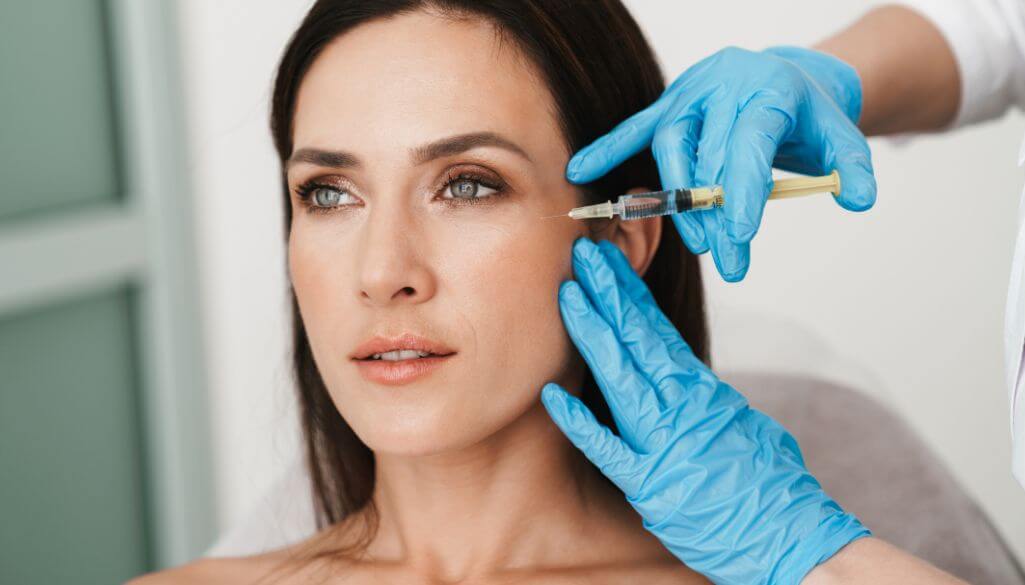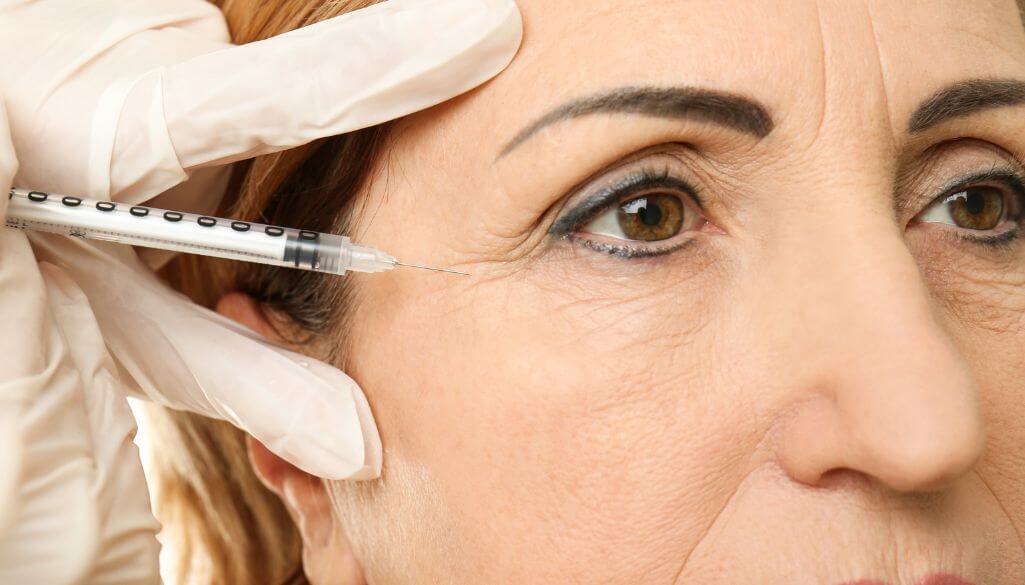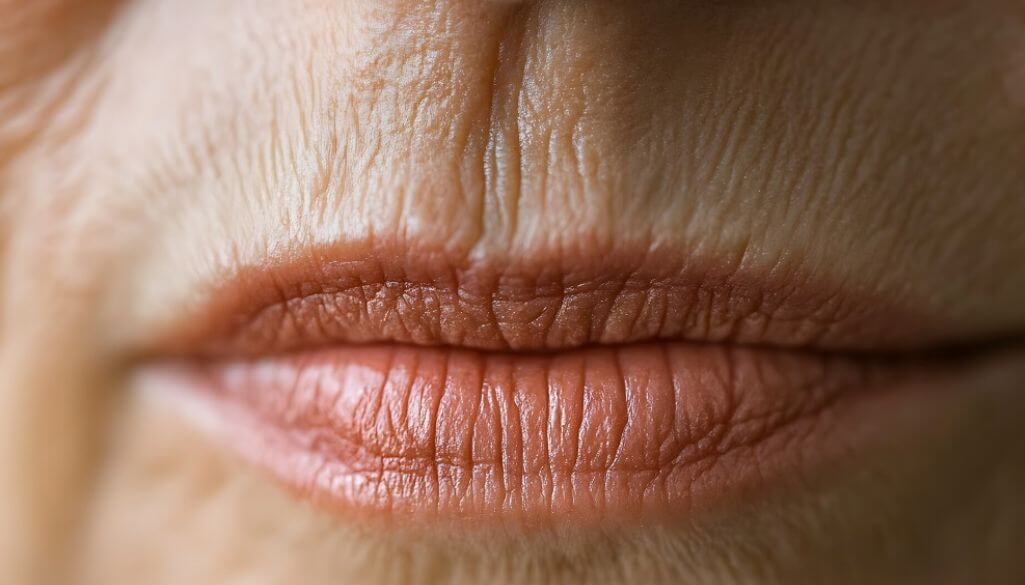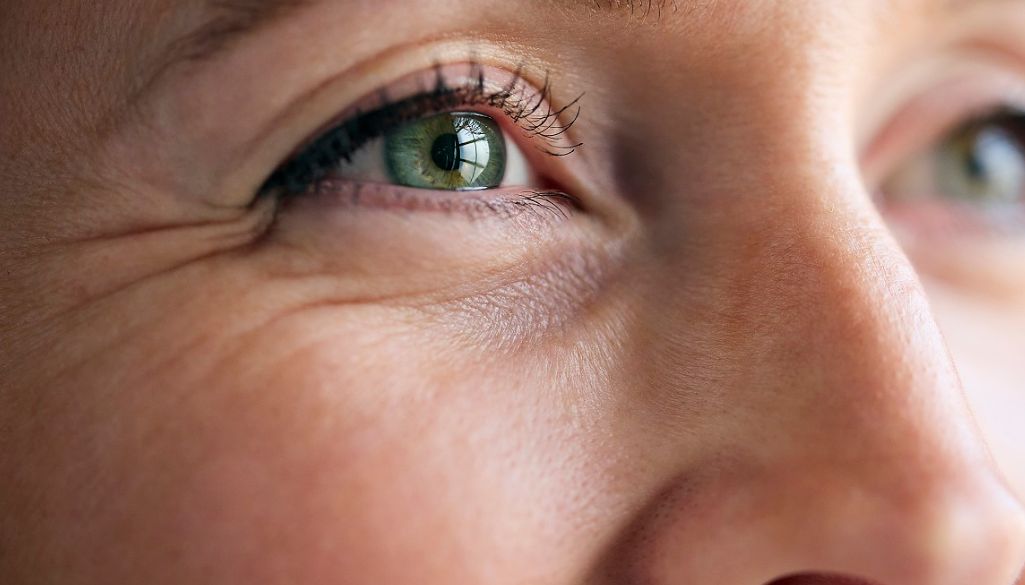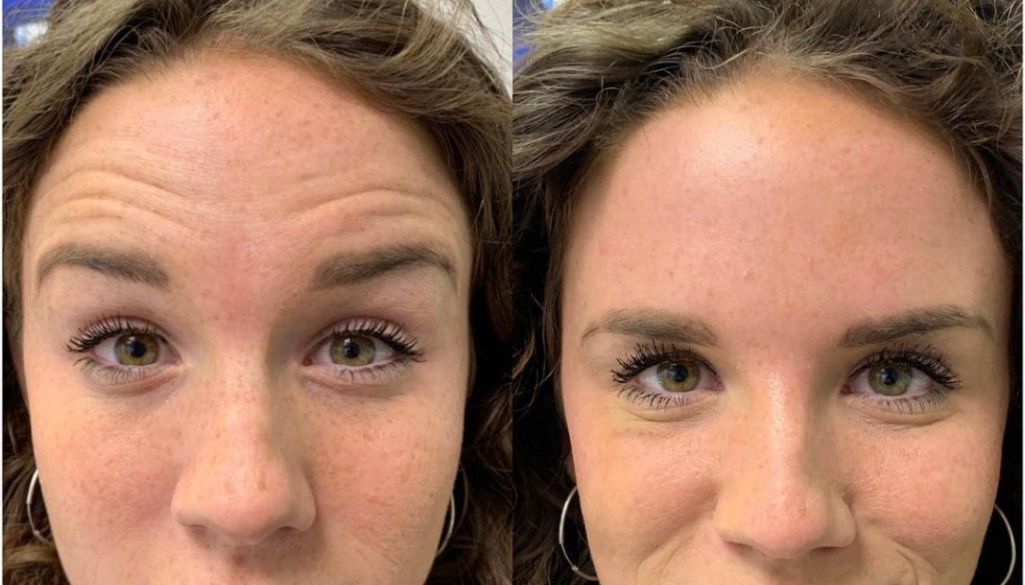Tear trough fillers are a popular choice if you are seeking to rejuvenate and enhance the appearance of your under-eye area. Even though they are amazing for sunken or sleep-deprived eyes, having some swelling following the procedure is totally normal. Healing is a natural process after receiving fillers, and understanding what to expect can help you stay calm and composed throughout it.
This blog is going to take you through swelling phases in an easy, step-by-step way, along with tips and tricks. Let’s understand the tear trough filler swelling stages.
Why Does Swelling Occur Following Tear Trough Fillers?
Swelling following tear trough fillers treatment is part of normal healing.
This is why it occurs:
Your Body is Adjusting
When you get the filler inserted, your body sends extra fluids to the treated area in order to facilitate healing.
The Filler is Attracting Water Content
Hyaluronic acid, which is found in the majority of fillers, is a water-loving substance. This will cause the area to become puffy before it settles.
Bruising Occurs
The skin around the under-eyes is extremely thin, and even tiny injections can produce bruising and swelling.

Book your personalised consultation at AMS Aesthetics.
- Leading London clinic for bespoke and luxury treatments
- Over 1,000 glowing client reviews and award-winning service
- Expertly designed treatment plans to match your aesthetic goals
Injection Sites are Healing
When the filler is injected, it ruptures small blood vessels. The healing process of those blood vessels involves accumulating fluid, which may look puffy.
Lifestyle Considerations
Allowing salty foods or sleeping on one’s back can also slightly worsen swelling.
Do you want to know the best part? Swelling is only temporary and perfectly normal.
Tear Trough Swelling Stages: Here’s What To Expect
Stage 1: Treatment Day (Day 0)
Immediately following your treatment, you may experience some slight swelling, redness, and tenderness around your eyes. The skin may appear a little uneven or bumpy, but this is entirely normal at this stage. The filler must settle in.
Top Tip:
Rest, apply a cool compress gently (never direct ice), and elevate your head slightly when you sleep. Avoid touching or pressing on the area.
Stage 2: Swelling Peaks (Day 1–2)
Swelling usually appears worst on the first or second day following treatment. Your under-eyes may be slightly puffier, and some bruising may occur, particularly if you are prone to bruising.
Top Tip:
Steer clear of salty foods, heavy exercise, and alcohol, as these can all exacerbate swelling. Consume plenty of water and eat light, healthy meals.
Stage 3: Settling In (Day 3–7)
By day three, you should be seeing the swelling and bruising begin to settle. Your skin will start to even out, but you may still feel small bumps beneath the skin. This is completely normal – the filler is settling, and your body is getting used to it.
Top Tip:
Employ a light skincare routine. If your practitioner recommends, you can gently massage the area to assist in smoothing it out.
Stage 4: Healing Almost Complete (Day 8–14)
By the second week, all swelling and bruising should have disappeared. Your under-eye skin will be much brighter, fresher, and more even. You’ll begin to see just how natural and youthful the end result will be.
Top Tip:
Stay moisturised, visit your follow-up if you have one, and avoid harsh treatments around the eyes for a bit longer.
Tear Trough Fillers Post 2 Weeks
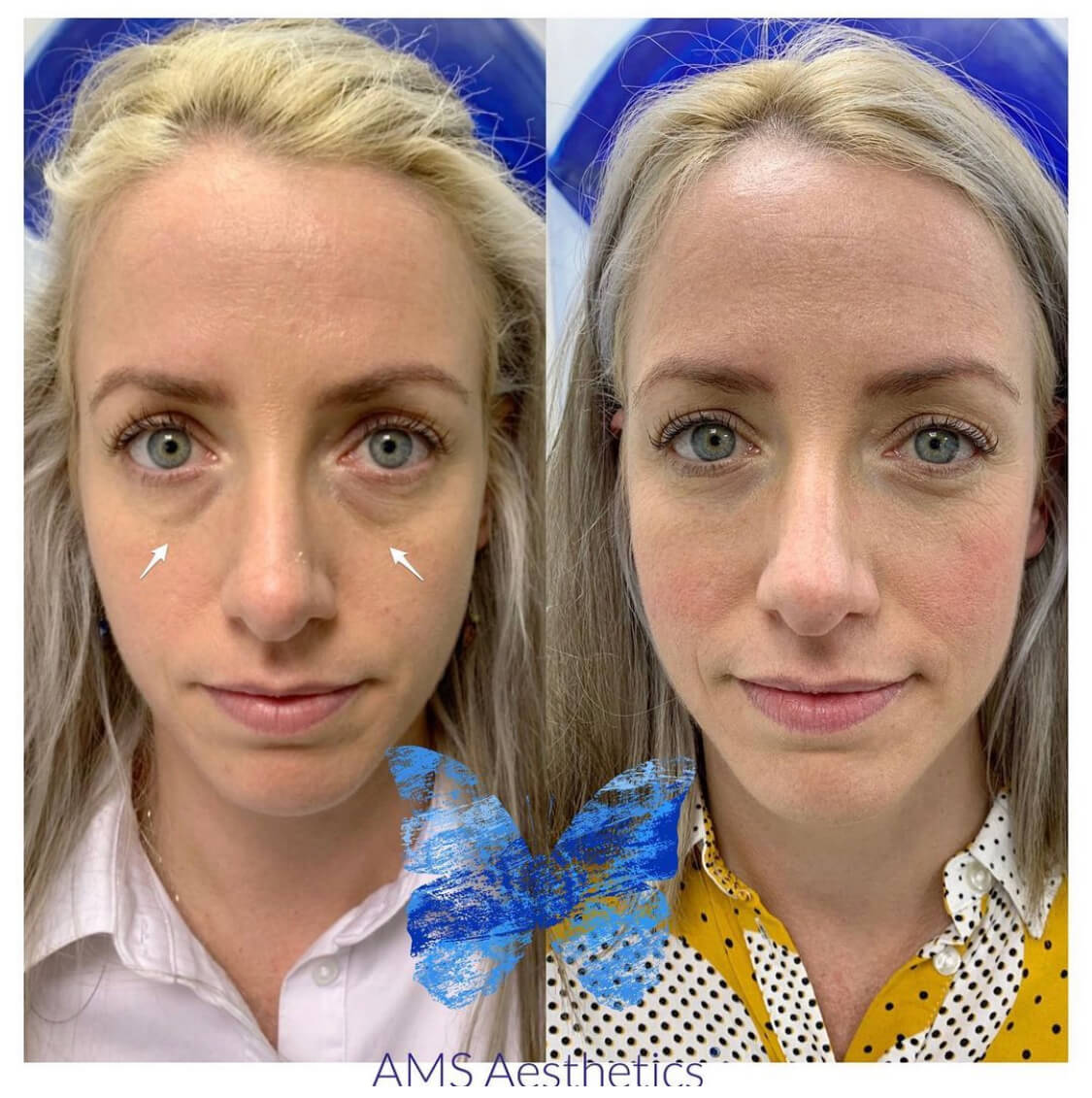
By the end of the two-week stage, your filler will have largely settled. Your under-eye zone will look smoother, with reduced dark circles and less hollowness.
Although you may have enjoyed the immediate effect following treatment, it’s now that the authentic, natural results begin to take hold.
Pro Tip:
Be patient: every day, the area will continue to refine itself on a subtle level.
At this point, many people often wonder not just about swelling but also how long their results will last. If that’s on your mind too, we’ve explained it in detail in our guide: How Long Do Tear Trough Fillers Last.
Signs You Shouldn’t Ignore While Tear Trough Filler Swelling Resolves
While swelling is to be expected, there are some occasions when you must call your practitioner:
- Swelling that increases after two weeks rather than improving.
- Redness, heat, or intense pain at the treatment site.
- Vision changes or any unusual symptoms.
If you experience any of these symptoms, don’t hesitate – call your practitioner immediately. Better safe than sorry.
Trust the Process
Tear trough filler swelling stages may feel a little unsettling at first, but it’s all part of the healing journey.
By understanding the stages and following your practitioner’s aftercare advice, you’ll soon enjoy smoother, fresher under-eyes that brighten your whole face.
Be gentle with yourself, stay patient, and give your body the time it needs. The best results are always worth the wait.
If you are in London and looking for the best tear trough filler treatment, book a consultation with the practitioners at AMS Aesthetics – from pre-treatment consultation to walking out of the door after the treatment, you will be in trusted and experienced hands.
FAQs
1. How long will I be swollen after tear trough filler?
Swelling typically peaks within the first 48 hours and subsides over 1 to 2 weeks. Most individuals see significant improvement by the end of the second week, with full results visible around 3 to 4 weeks post-treatment.
2. Will tear trough filler lumps go away?
Yes, minor lumps are common and often resolve on their own within 1 to 2 weeks as the filler settles. If lumps persist beyond this period, consult your practitioner for assessment and potential treatment options.
3. How do I know if my tear trough filler has gone wrong?
Signs of complications include persistent swelling beyond two weeks, noticeable lumps, a bluish tint under the eyes (Tyndall effect), or asymmetry. If you experience any of these symptoms, it’s advisable to contact your practitioner promptly.
4. When will filler swelling go down?
Initial swelling usually diminishes within a few days, with most swelling resolving by the end of the first week. Complete settling and final results are typically observed after 3 to 4 weeks.


